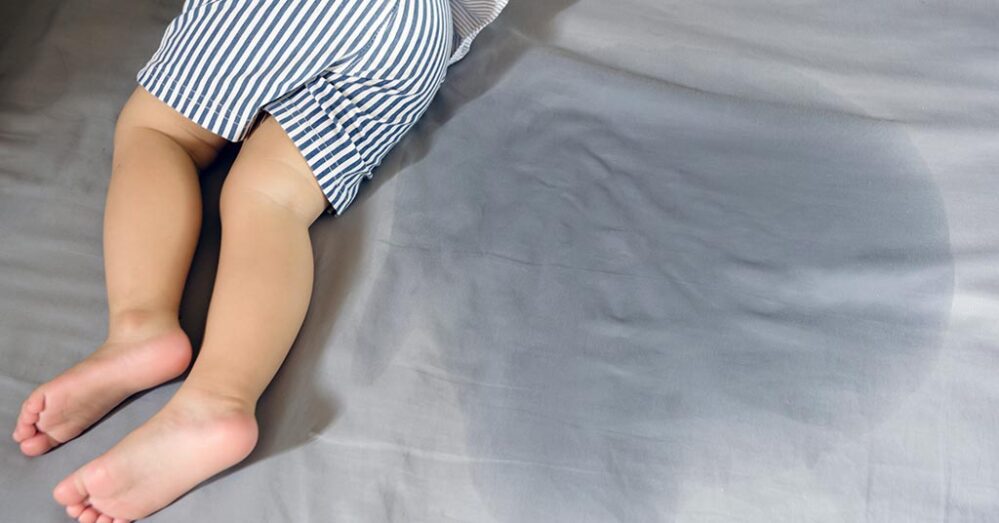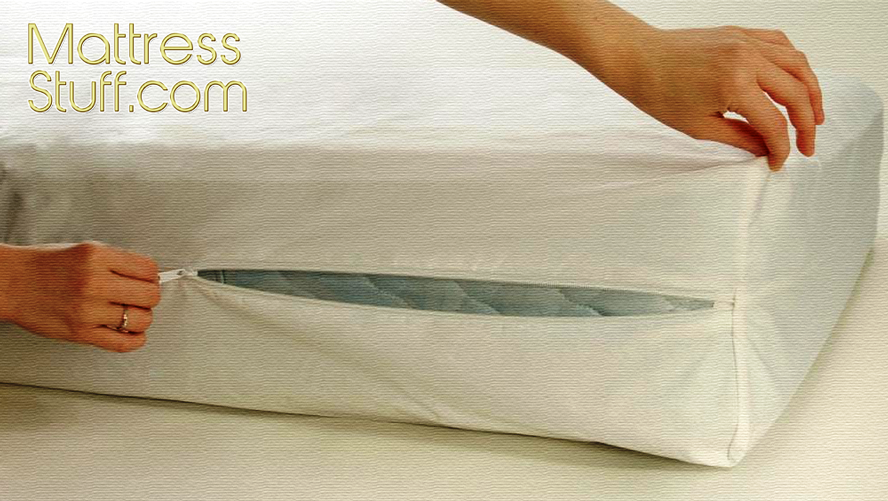
Table of Contents
The Problem
It’s a known fact that bed bugs are spreading. The 2010 Comprehensive Global Bed Bug Study, a joint venture by the National Pest Management Association and the University of Kentucky, confirmed that 95% of U.S.
exterminators have dealt with bed bugs in the past year, compared to only 25% before 2000. And four out of every 10 treatments are for commercial sites.
This increase in the bed bug population is due largely to 3 factors:
- DDT and other previously effective pesticides have been banned. The bugs have also developed a resistance to newer chemicals.
- People travel more than ever, including to and from areas where these pests thrive.
- Until recently, there was a lack of awareness that these bugs were back, allowing them to spread even faster.
Where Bed Bugs Are Found
Although bedbugs thrive in large urban areas where there’s a greater transient population, they’ve been found in all 50 states, in small towns and rural areas alike. Common sightings have included:
- Homes
- Hotels (even 5-star establishments)
- Restaurants
- Theaters
- Hospitals
- Schools
- College dorms
- Stores
- Taxis, rental cars, and mass transit
- Office buildings
Just a few of the more famous establishments that they’ve been discovered in include:
- Stores in New York City such as Victoria’s Secret, Abercrombie & Fitch, Bloomingdale’s, Nike, and Hollister
- Landmark buildings like the United Nations, the Empire State Building, Carnegie Hall, the Metropolitan Opera House and the Lincoln Center
- Publishing offices, including the Food Network Magazine, the Wall Street Journal, and Elle Magazine
- Bill Clinton’s offices
- The Philadelphia IRS office
- The Austin Energy Office Building in Texas
- JPMorgan Chase and other office buildings in Chicago
- Howard Stern’s office and limousine
How Do They Get Into The Workplace?
It’s a fallacy to believe that bed bugs are found only in unclean establishments. But they do like to congregate wherever there are people (their major food source).
Plus, they’re excellent hitchhikers and can be brought in on someone’s clothing or shoes. Vendors, visitors and employees alike might transport them on files, purses, and briefcases (where they can sometimes be found not only inside, but within the seams).
Another possible scenario occurs if a visitor brings his infected luggage to the workplace. And since they’re often found in hotel rooms, business travelers are particularly likely to encounter them, bring them home, and then to the office as well.
Office Bed Bug Behavior
Once the bedbugs have established themselves in the workplace, they often prefer soft surfaces such as carpeting, upholstered furniture and desk chairs, and places they can hide such as cubicle walls and moldings.
They can be found in and around computers, telephones, and other office equipment. They can quickly travel through the walls and duct work to infect multiple offices and floors. Housekeeping staff unwittingly transfer them through vacuums and cleaning cart and rags.
In settings other than office buildings, bed bugs are nocturnal, preferring to come out at night to feed. This is why large populations are often found near beds.
Although they can survive as long as a year without feeding, eventually they’ll adapt to office life and will come out during the day in search of a meal. But unfortunately, because they’re no longer congregated around a bed, they’re harder to spot and more likely to be widespread throughout the building.
How To Protect Yourself
- Be on the alert for any signs of bedbugs. These might include employees complaining of unusual, extremely itchy sores or actual sightings of the bugs (which resemble apple seeds) or their fecal matter (little brown specs on the furniture or walls).
- Be especially diligent in inspecting areas, such as coat rooms, where your clothing might mingle with others from the outside.
- Don’t place purses, briefcases, or other items on the carpeted floor.
- Clean up clutter.
If Your Office Has A Confirmed Bed Bug Problem, You’ll Need To Take Further Precautions.
- Don’t panic. Get the information you need. Find out what actions management is taking to protect the employees. Ask about possible sensitivity to any chemicals being used. Ask them to address any anxiety or expenses you might have if you should take the bedbugs home with you.
- If you’re concerned about your clothing, it can be tossed in a hot dryer for 20 minutes.
- If the infestation is a particularly bad one, you might want to take a change of clothes with you and change before going home; carefully place your worn clothing into Ziploc bags to transport. Then place the items in the dryer at home.
- Check your car as well for any evidence.
- Don’t point fingers of blame at anyone. A bed bug infestation should not be a stigma. It’s not a sign of lack of cleanliness either on the part of the employee (or the workplace). Remember that even though the bugs have been found in someone’s cubicle, it doesn’t mean that’s where they originated.
Conclusion
Getting rid of bedbugs in the workplace can be difficult. They may be wide-spread throughout many offices or even floors. There may be no obvious point of origin — or there may be multiple sources.
Many repeat treatments will be necessary, and it’s extremely expensive. And a re-infestation can occur at any time. Ongoing monitoring will be necessary. Workplace infestations are not easy to eradicate. So do all you can to protect yourself in the meantime.






